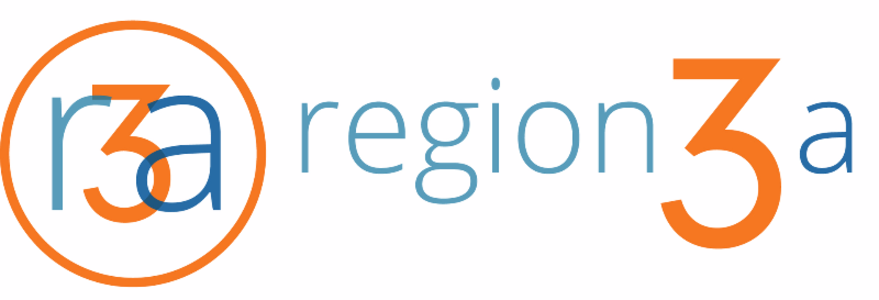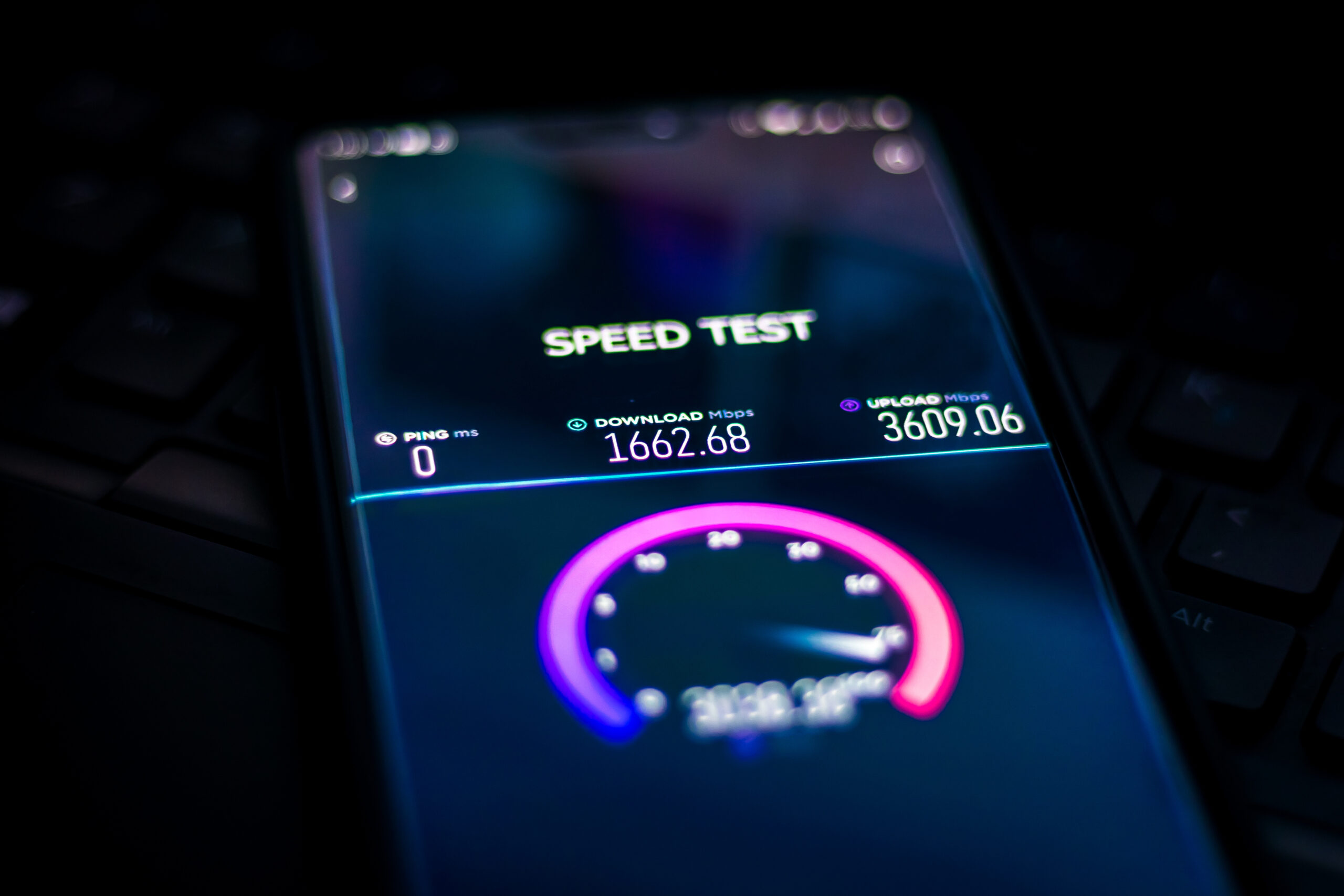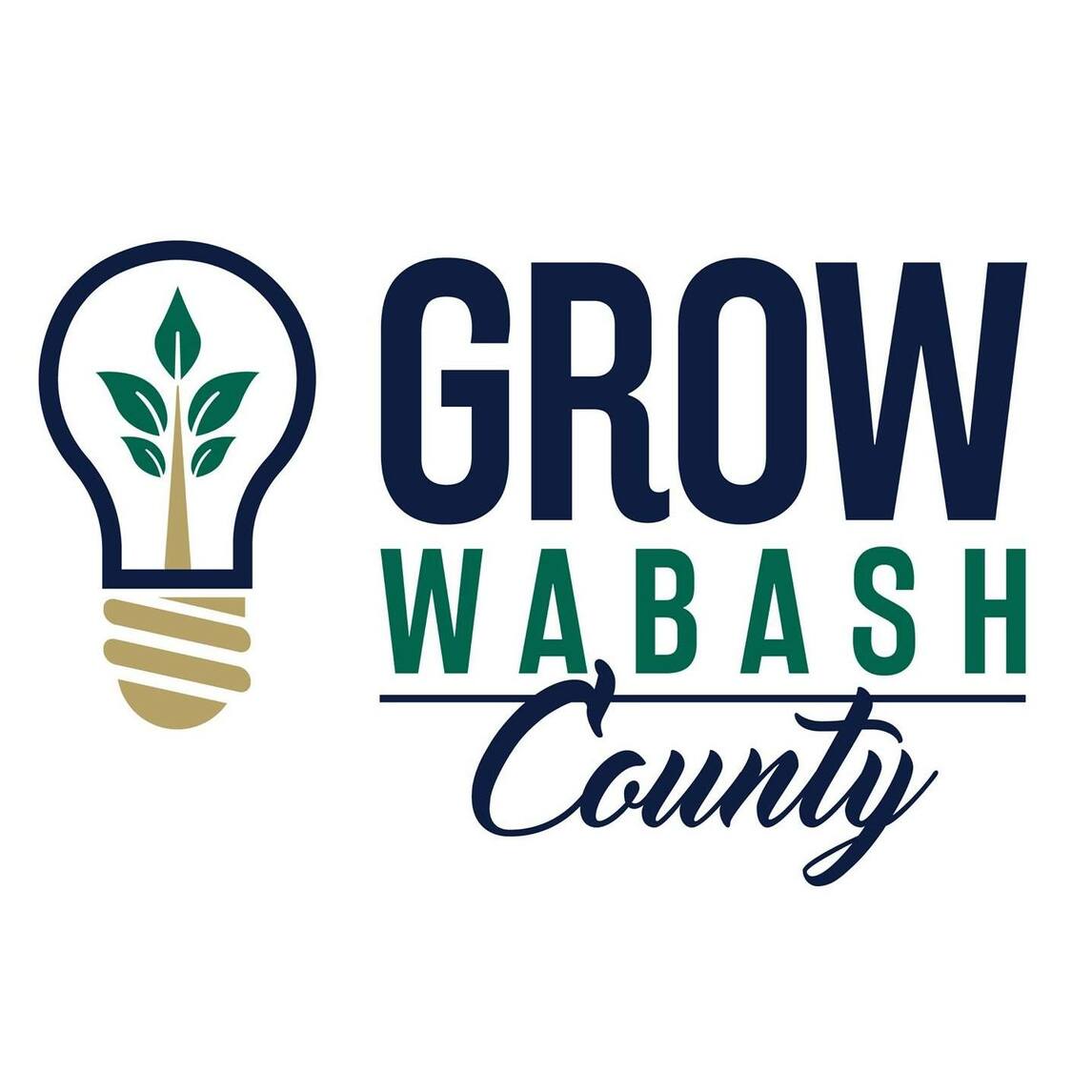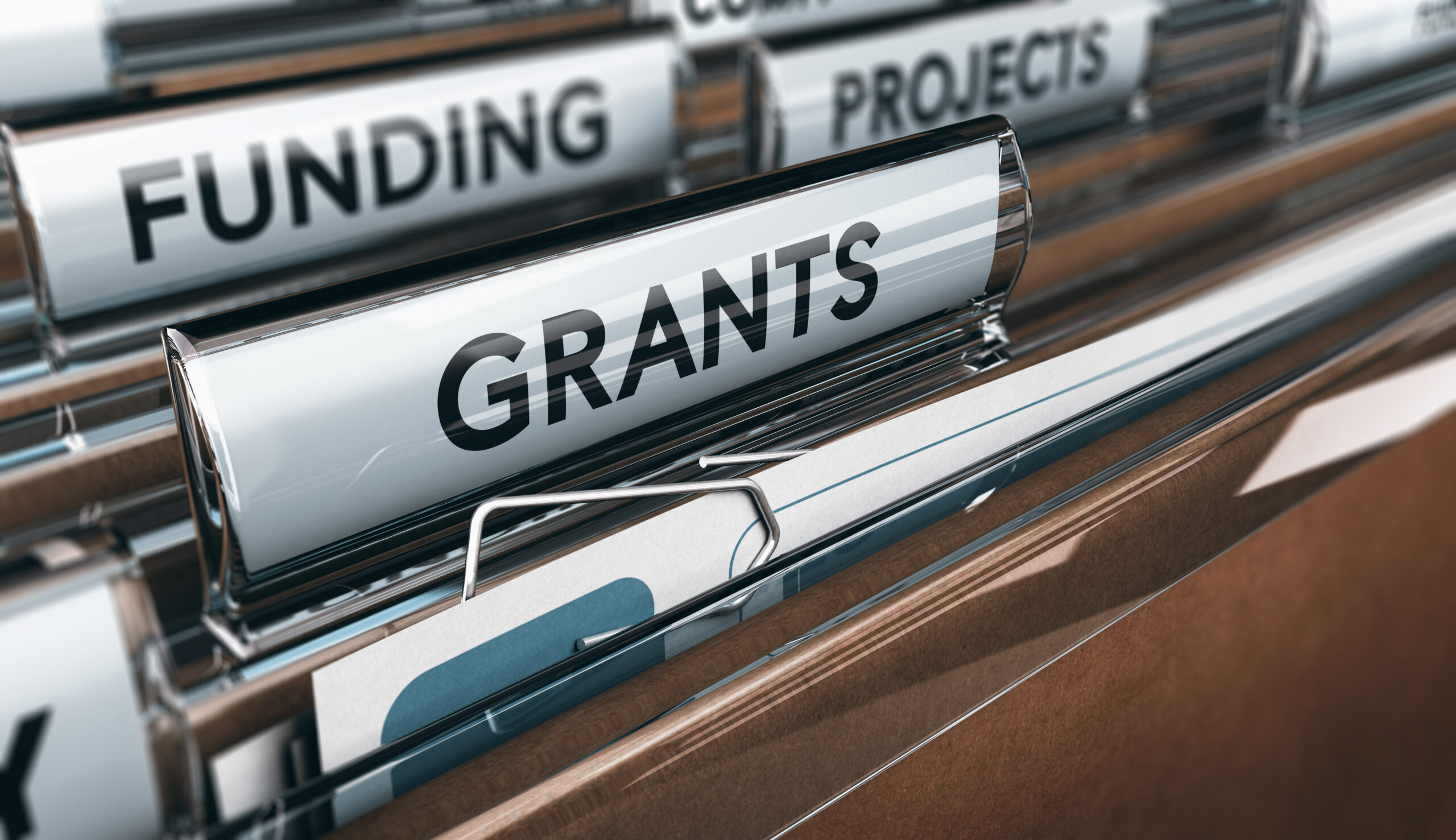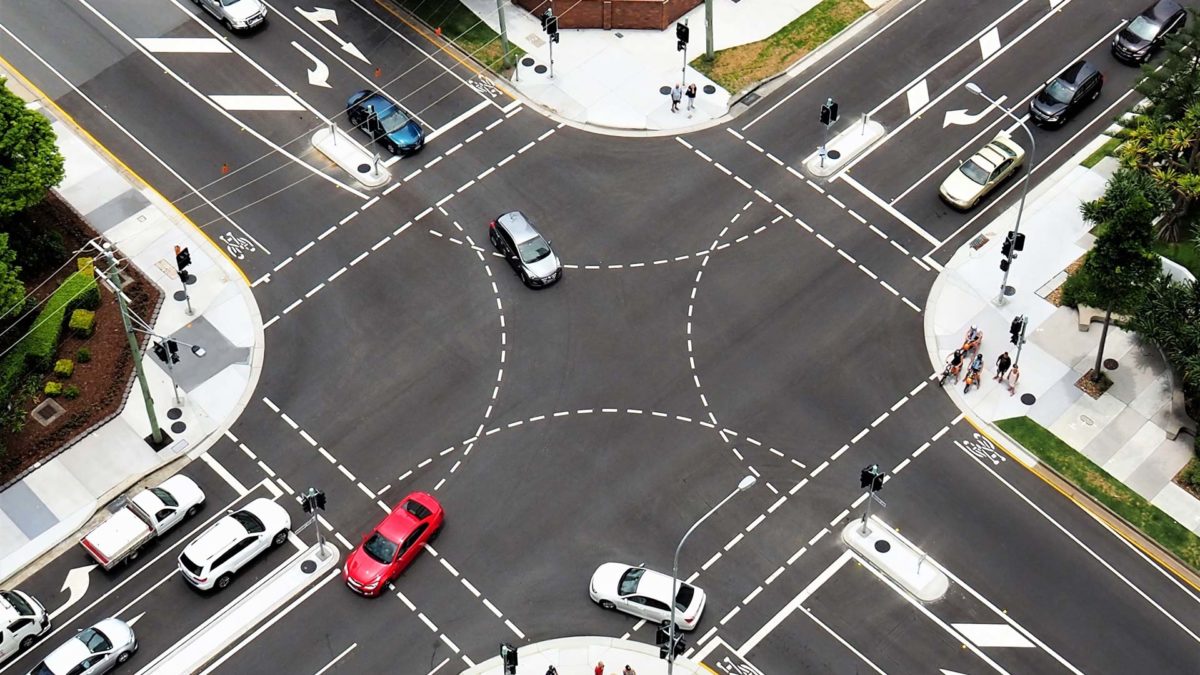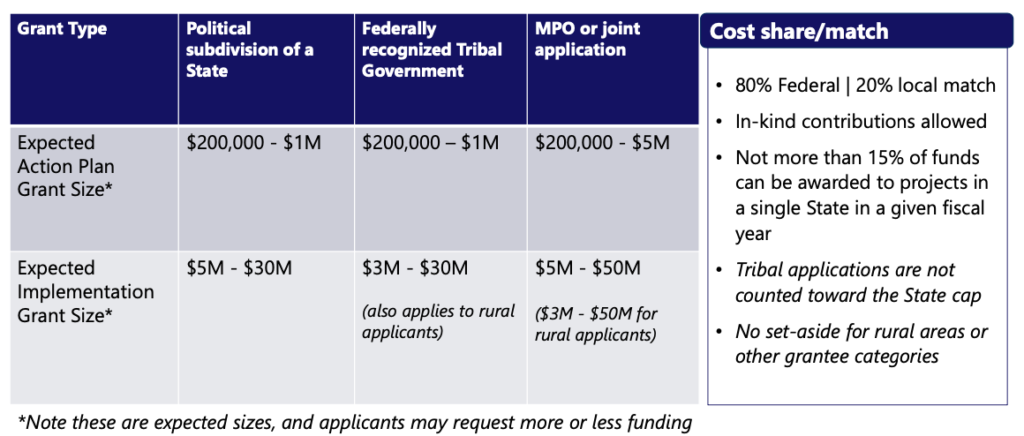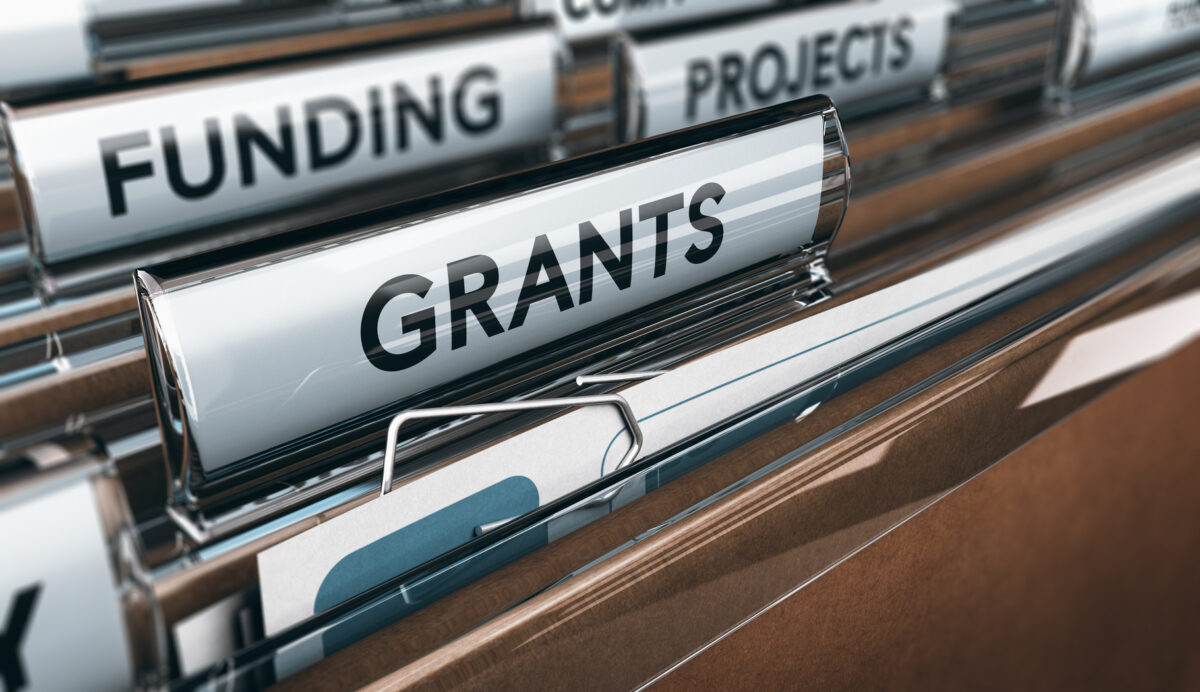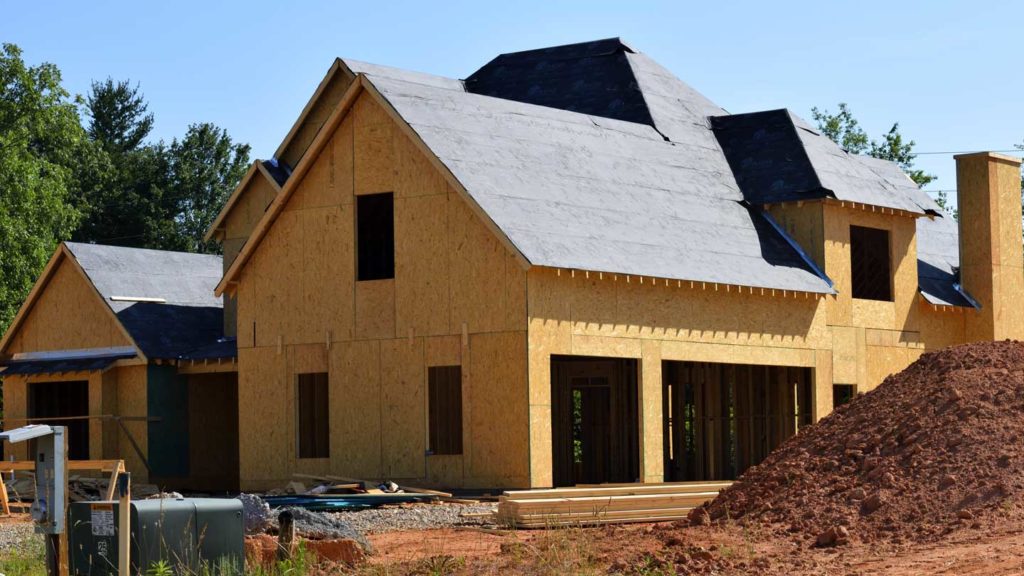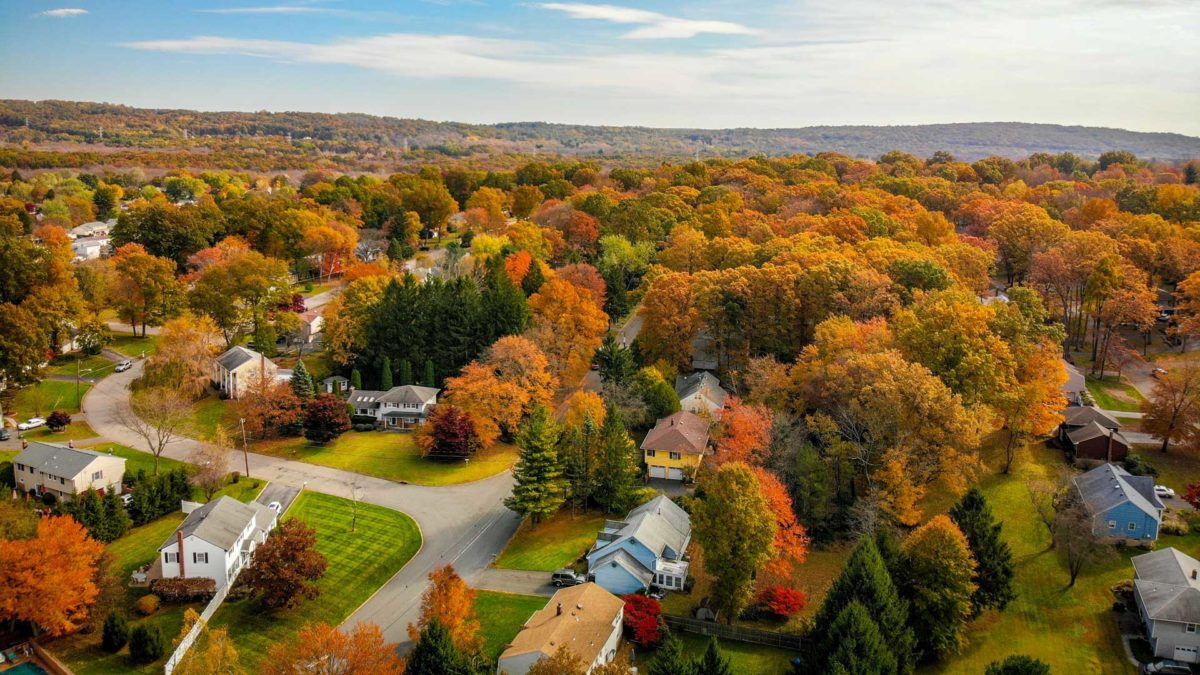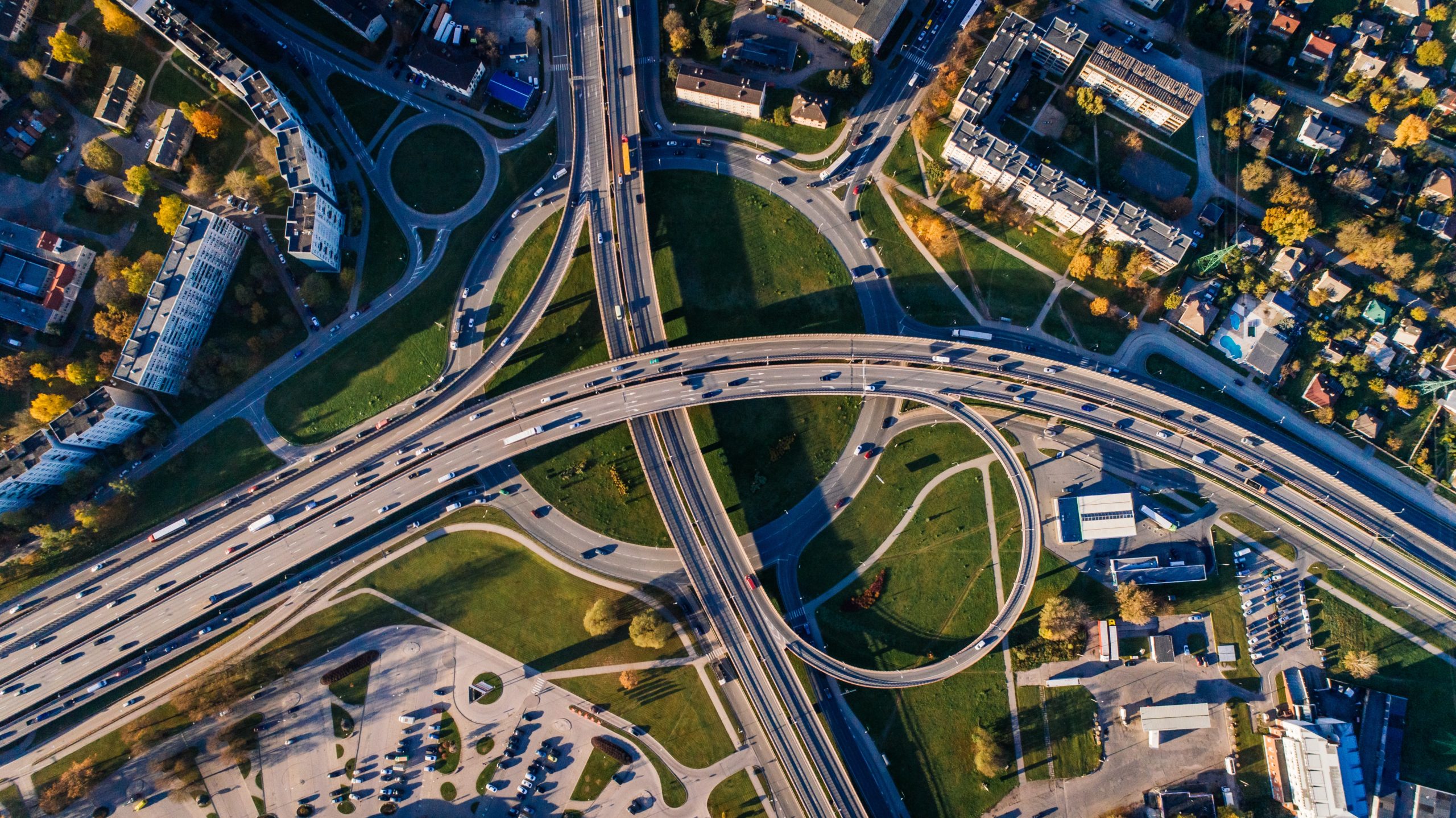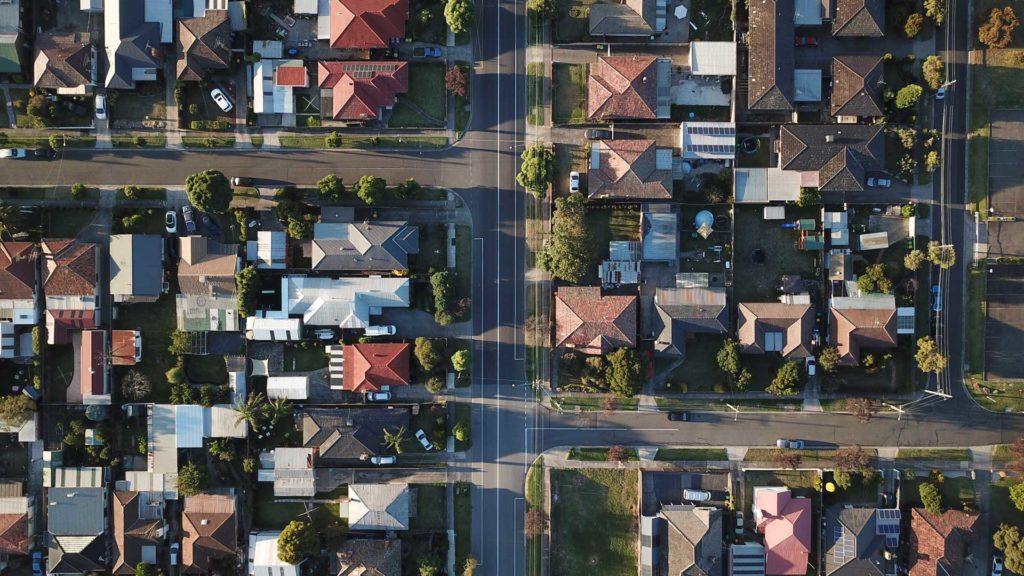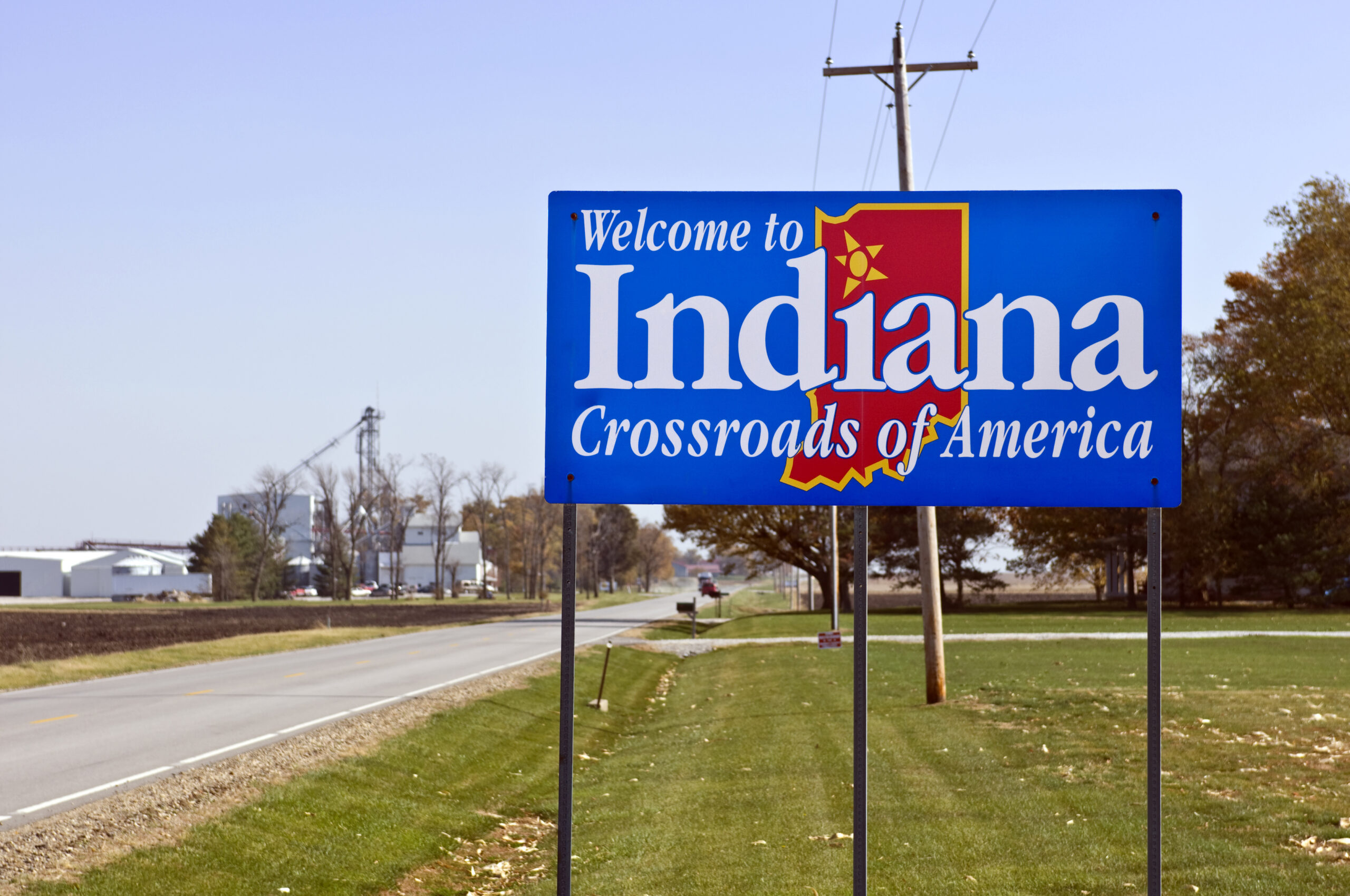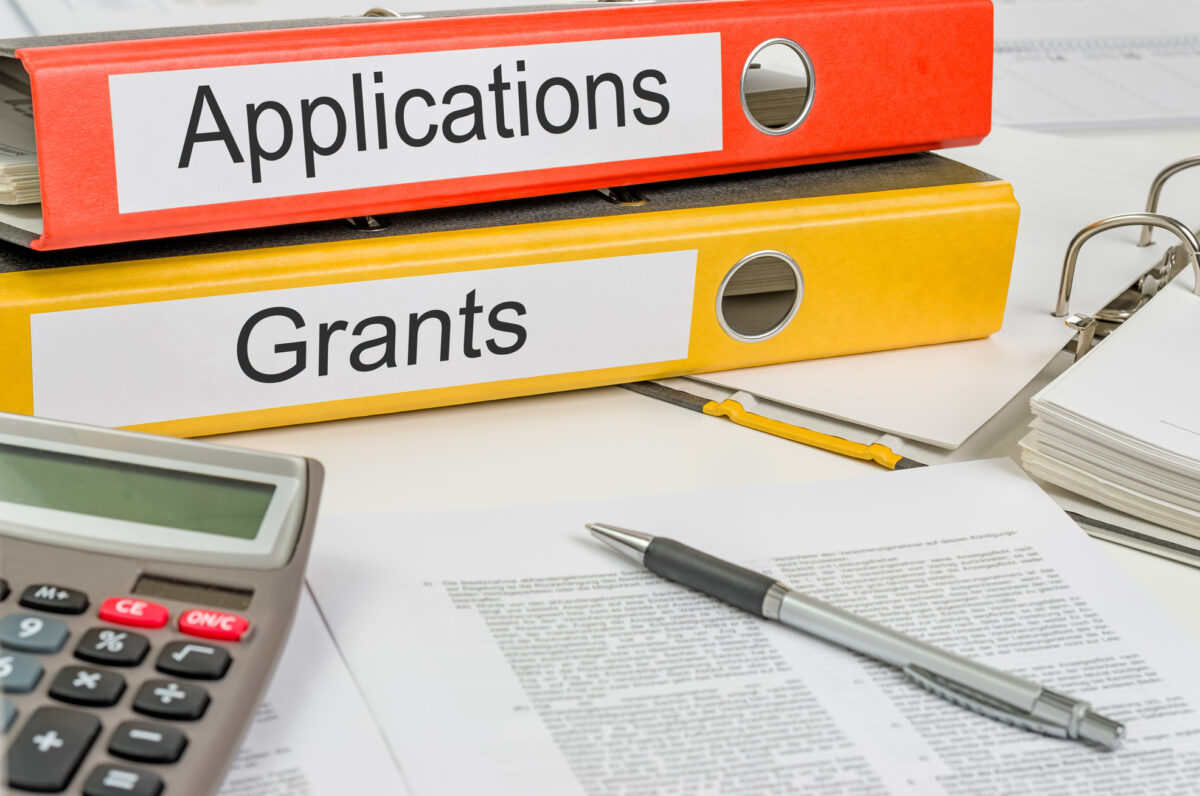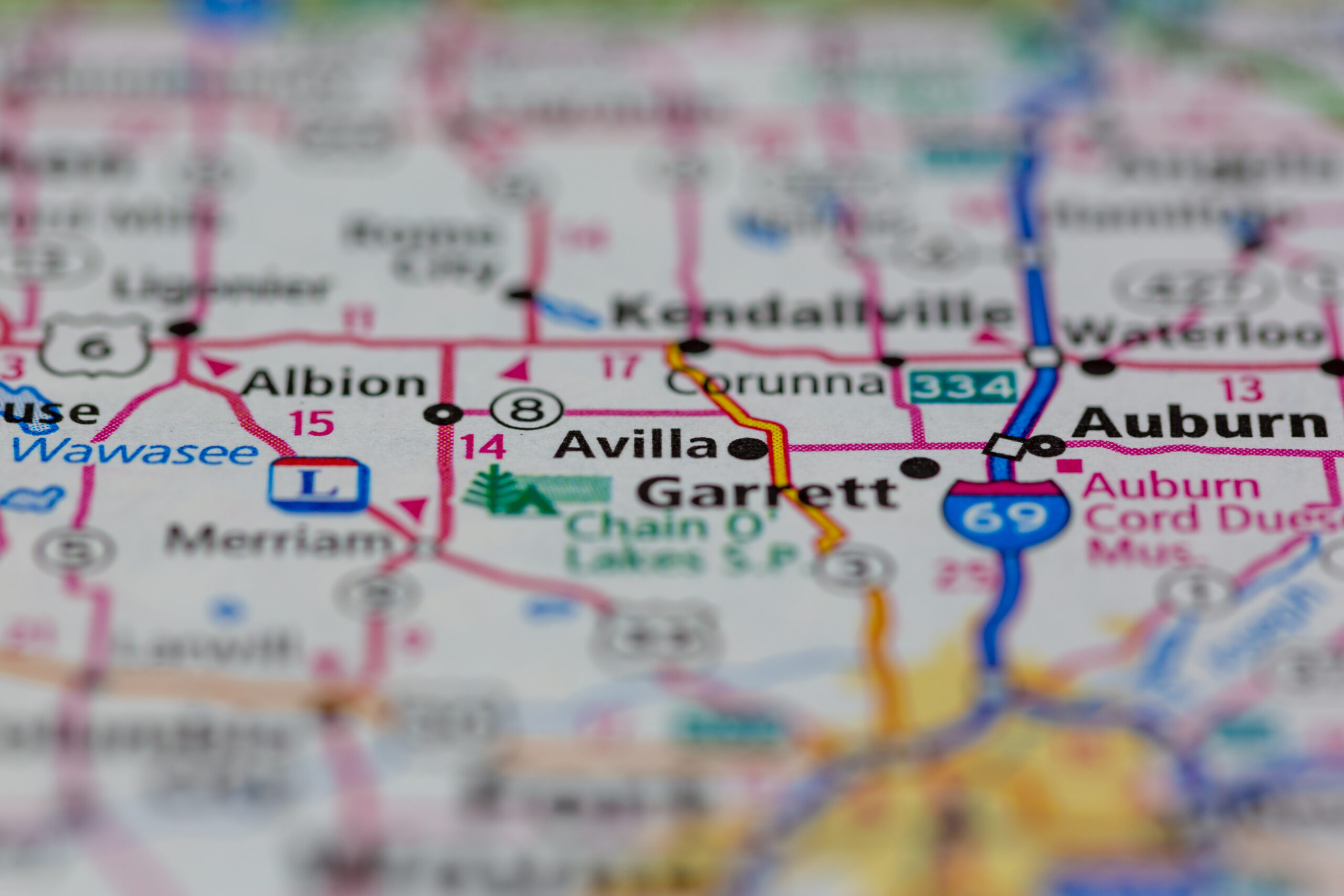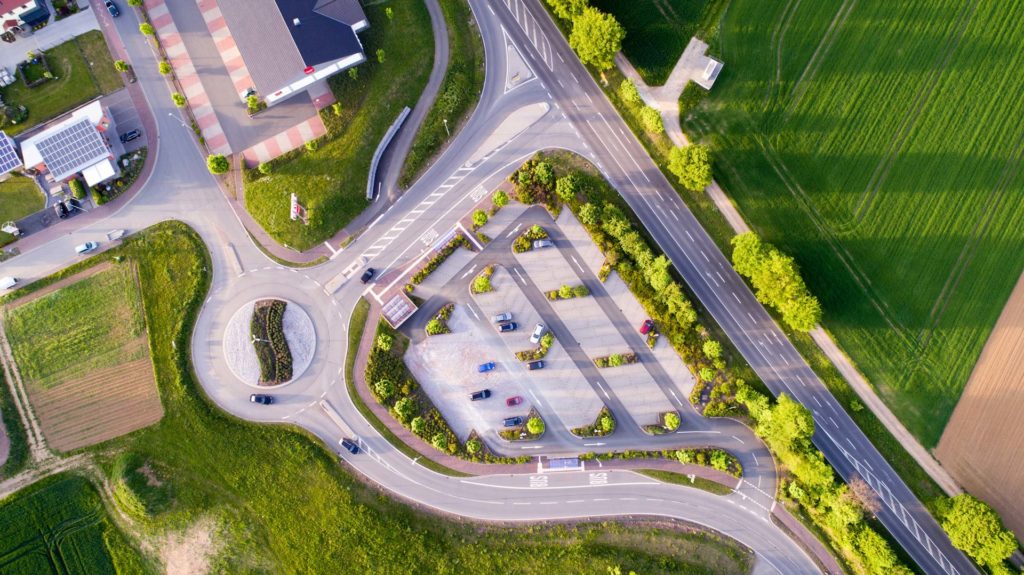Indiana Broadband Strategic Partnership
Indiana Farm Bureau formed the Indiana Broadband Strategic Partnership (IBSP) in order to help bring reliable broadband to the most unserved and underserved communities across the state. The Indiana Speed Test was launched to gather data for project planning and as evidence for state and federal grant applications.
We encourage everyone to promote and participate in the testing as the mapped results will offer the most accurate representation of which areas are being left out of adequate and reliable broadband internet connectivity.
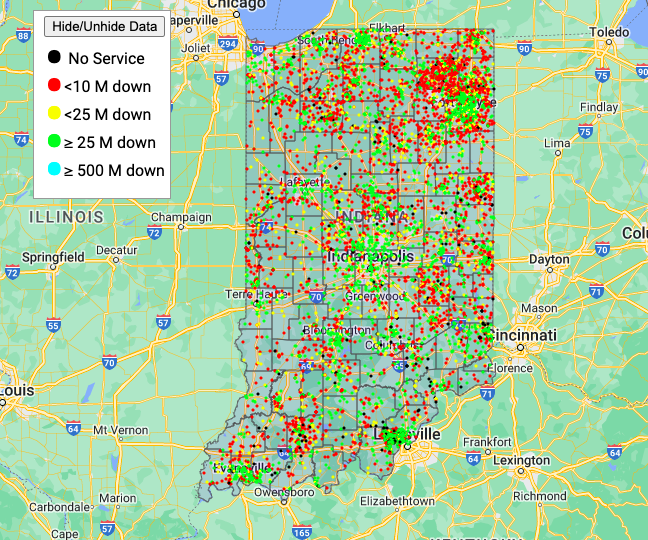
Indiana Speed Test Mapping
The IBSP partnership will promote the Indiana Speed Test, a crowd-sourced internet speed test created by GEO Partners, LLC, a Minnesota-based company that focuses on cost-effective planning and deployment of broadband.
GEO Partners will provide real-time internet speed data by collecting speed test information from residents. Displayed on GIS layers, the data pinpoints areas that are most in need of reliable, affordable access to broadband service. Click here to read INFB’s press release.
Speed Test Goals
The goal for the Indiana Speed Test is to gather data in all areas of the state. The software platform and the data will be available to local governments and organized broadband groups to analyze potential solutions and aid their applications for Indiana’s Next Level Connections Grants and a variety of federal grants.
About the Test
Testers will be asked to provide their address so it can record the speed results to the map. No personal identifying information is required and tracking cookies are not used. Location and test results will be stored for the purpose of mapping the results.
Future Benefits
COVID-19 restrictions along with the resulting increase of remote work opportunities has amplified the need for underserved communities to have reliable and affordable broadband access. The resulting grant opportunities could not only improve the quality of life for residents in these areas, but could help encourage growth to these areas as well.
